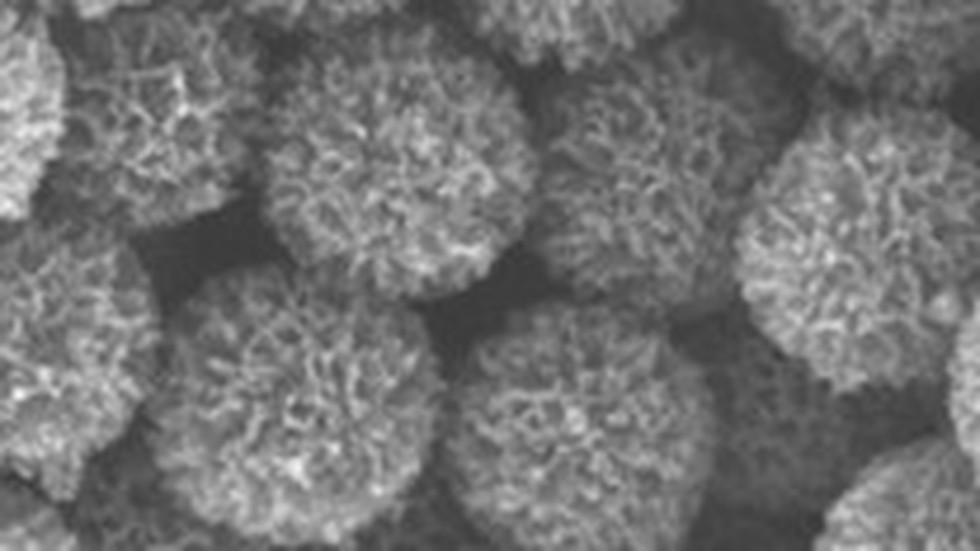About Carbon nanoflorets:
- These are like tiny marigold flowers made only of carbon, which are called as the material carbon nanoflorets.
- Process of synthesis
- Researchers heated a special form of silicon dust called DFNS (for dendritic fibrous nanosilica) in a furnace.
- Once heated, she introduced acetylene gas into the chamber.
- The white powder turned black, a sign that carbon had been deposited on the DFNS.
- Then they collected the black powder and treated it with a strong chemical that dissolved the DFNS away, leaving carbon particles behind.
- The structure of the silicon particles – 50-1,200 nanometers in size—resembled spikes arranged around a sphere.
- Observation
- They reported that these nanoflorets could absorb sunlight at many frequencies and convert it to heat with unprecedented efficiency.
- The nanoflorets also didn’t easily dissipate the heat generated into the environment, making the material a good candidate for heat.
- The nanoflorets converted the light energy they absorbed into thermal energy—a process called solar-thermal conversion—with a remarkable efficiency of 87%.
- The carbon nanoflorets’ high efficiency comes from three properties.
- The nanoflorets absorb three frequencies in sunlight – infrared, visible light, and ultraviolet, while other common materials absorb only visible and ultraviolet light.
- Shape: As light falls on the material, the carbon cones ensure that very little is reflected back.
- Llong-range disorder: Parts of the structure at some distance from each other possess different physical properties. As a result, heat waves in the material aren’t carried over long distances, reducing the amount of heat dissipated away.
